Extended air travel tests even the most experienced flyers, turning what should be an exciting journey into an endurance challenge. The confined space, recycled air, and disrupted sleep patterns can leave travelers feeling drained before their adventure even begins.
However, strategic preparation and smart in-flight choices can transform long-haul flights from ordeals into relatively comfortable experiences. The difference between arriving exhausted or refreshed often comes down to small adjustments in how you prepare and behave during the flight.
Here are 16 proven strategies to maximize comfort during extended air travel.
Choose Your Seat Strategically
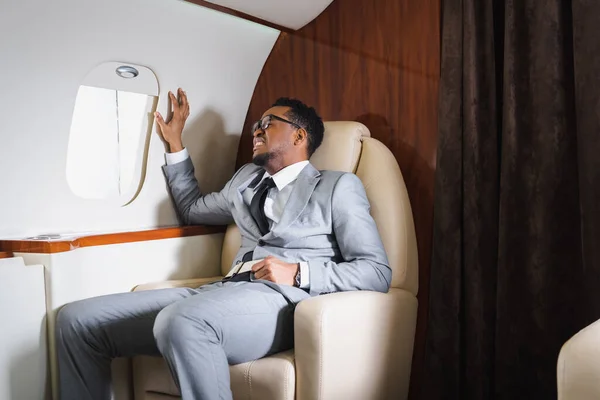
Seat selection dramatically impacts your flight experience, yet many travelers leave this crucial decision to chance. Aisle seats provide easier bathroom access and leg stretching opportunities, while window seats offer a place to lean and control the window shade.
Emergency exit rows typically provide extra legroom, though they come with responsibility requirements that some travelers prefer to avoid.
Dress in Layers

Airplane cabin temperatures fluctuate unpredictably, making layered clothing essential for maintaining comfort throughout your flight. Start with breathable base layers and add sweaters, scarves, or light jackets that you can easily remove or add as conditions change.
Avoid tight clothing that restricts circulation during long periods of sitting, opting instead for loose-fitting, comfortable fabrics.
Like Travel Pug’s content? Follow us on MSN.
Pack a Comfort Kit
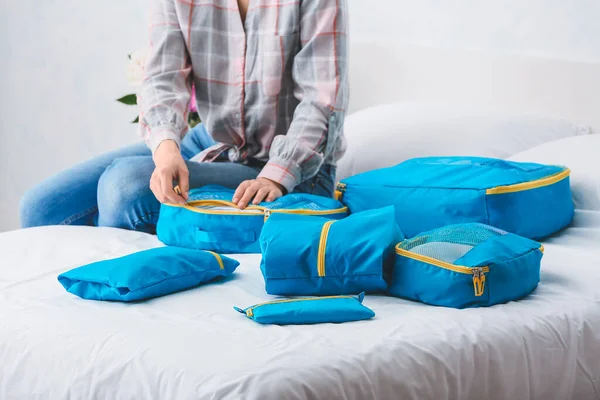
A well-stocked carry-on comfort kit addresses the most common long-flight discomforts before they become problems. Include a quality eye mask, earplugs or noise-canceling headphones, a travel pillow, and compression socks to improve circulation.
Lip balm, moisturizer, and nasal spray combat the dry cabin air that can leave you feeling dehydrated and uncomfortable.
Stay Hydrated Strategically

Proper hydration helps your body cope with altitude changes and dry cabin air, but timing your fluid intake prevents constant bathroom trips during peak sleep hours. Drink water regularly throughout the flight while avoiding excessive alcohol and caffeine, both of which can worsen dehydration.
Consider bringing an empty water bottle to fill after security—staying hydrated shouldn’t depend on infrequent beverage service.
Move Regularly
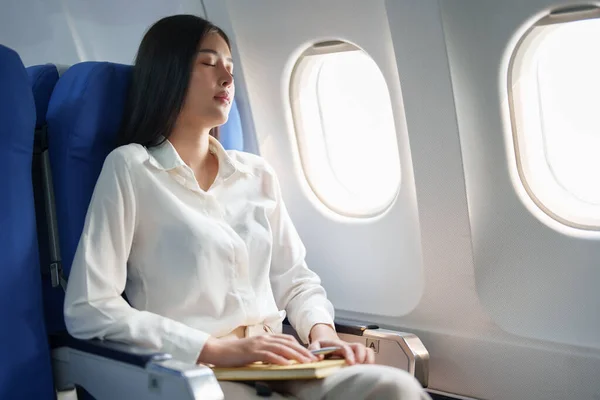
Prolonged sitting increases the risk of blood clots and contributes to stiffness and discomfort during long flights. Set a timer to remind yourself to stand and walk the aisles every hour or two when the seatbelt sign is off.
Simple exercises like ankle circles, calf raises, and shoulder rolls can be performed in your seat to maintain circulation and prevent muscle cramps.
Like Travel Pug’s content? Follow us on MSN.
Adjust to Your Destination Time Zone

Begin adjusting your sleep schedule several days before departure to minimize jet lag upon arrival. If flying east, try going to bed earlier; if flying west, stay up later.
Set your watch to your destination time zone as soon as you board, and try to eat and sleep according to that schedule during the flight.
Bring Entertainment Offline
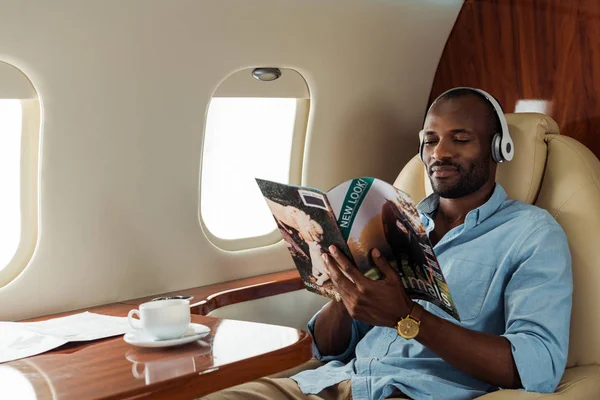
Downloaded entertainment eliminates dependence on unreliable airplane wifi and keeps you engaged during the longest stretches of your flight. Load multiple options—movies, TV shows, podcasts, audiobooks, and games—to match different moods and energy levels throughout your journey.
Physical books or magazines provide screen-free alternatives that don’t drain device batteries.
Pack Healthy Snacks
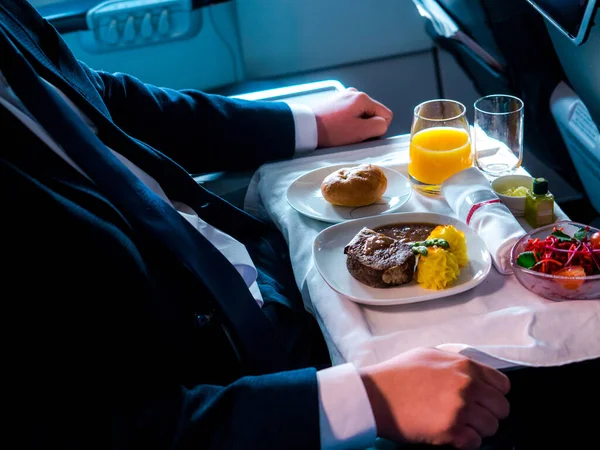
Airline meals often arrive at inconvenient times and may not suit your dietary preferences or restrictions. Pack nutrient-dense snacks like nuts, dried fruit, protein bars, or crackers to maintain steady energy levels throughout your flight.
Avoid overly salty or sugary snacks that can increase thirst or cause energy crashes.
Like Travel Pug’s content? Follow us on MSN.
Use Sleep Aids Wisely
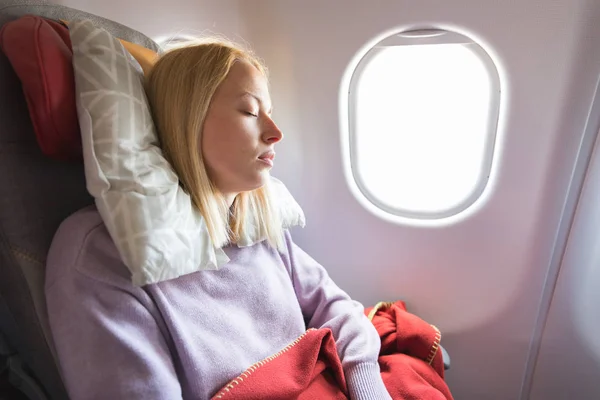
Natural sleep aids like melatonin can help regulate your sleep cycle during long flights, but timing and dosage matter significantly. Consult with a healthcare provider before using any sleep aids, and test them at home before your trip to understand how they affect you.
Never combine sleep aids with alcohol, and ensure you can sleep for at least four hours to avoid grogginess upon waking.
Optimize Your Seat Environment
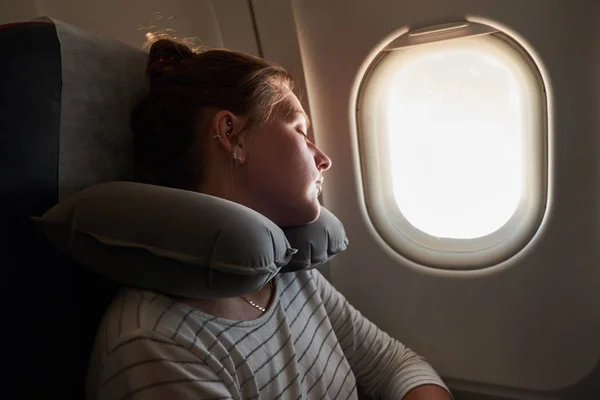
Small adjustments to your immediate environment can significantly improve comfort during extended flights. Use a lumbar support pillow or rolled-up blanket to maintain proper spine alignment.
Position your travel pillow to prevent neck strain, and adjust your seat and footrest to reduce pressure on your lower back and legs.
Practice Good Hygiene
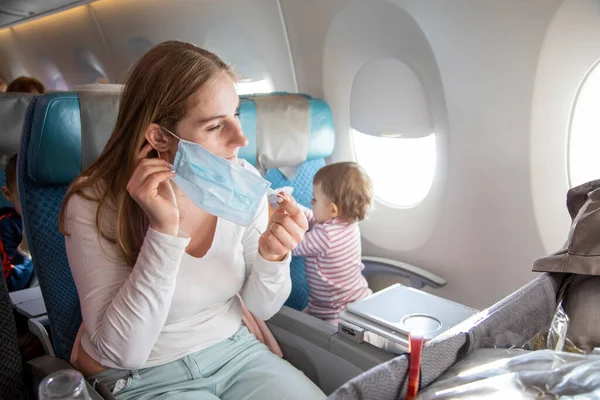
Long flights can leave you feeling less than fresh, but simple hygiene practices help maintain comfort and confidence throughout your journey. Pack travel-sized toiletries in your carry-on, including toothbrush, toothpaste, face wash, and deodorant.
Moisturize regularly to combat dry cabin air, and consider bringing makeup wipes or facial cleansing cloths for a quick refresh.
Like Travel Pug’s content? Follow us on MSN.
Choose Your Meals Thoughtfully
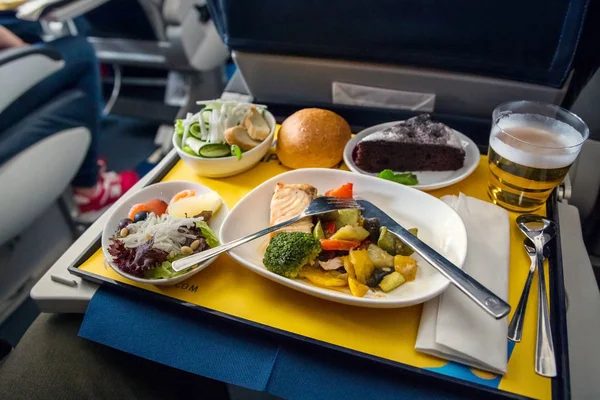
Heavy, rich meals can cause discomfort and bloating during long flights when your digestive system is already stressed by altitude and inactivity. Opt for lighter options when available, and eat smaller portions than you might normally consume.
Avoid foods that commonly cause gas or digestive issues, and consider bringing digestive enzymes if you’re prone to stomach troubles while flying.
Manage Ear Pressure
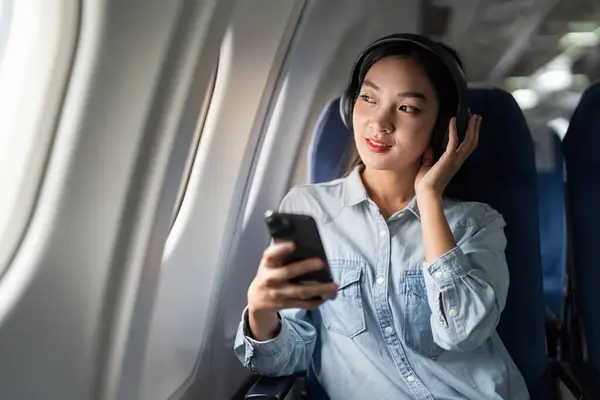
Altitude changes during takeoff and landing can cause painful ear pressure that affects comfort throughout your flight. Chew gum, swallow frequently, or use the Valsalva maneuver (gently blowing while pinching your nose) to equalize pressure.
If you’re congested, consider using a decongestant before flying, though consult with a healthcare provider first if you have medical conditions.
Create a Sleep Environment
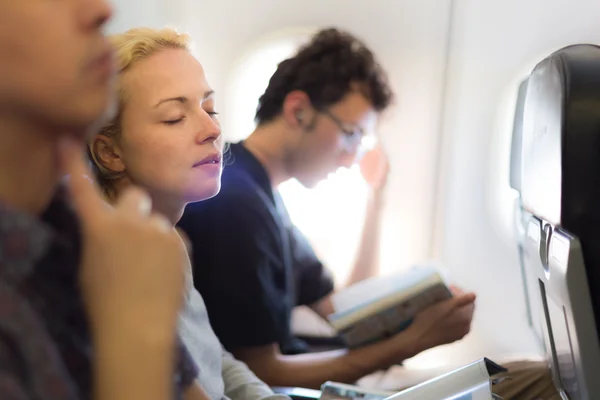
Transforming your seat area into a sleep-conducive environment helps you rest during long overnight flights. Block out the light with an eye mask, reduce noise with earplugs or noise-canceling headphones, and maintain a comfortable temperature with appropriate clothing layers.
Inform flight attendants that you don’t want to be disturbed by meals if you’re trying to sleep through service times.
Like Travel Pug’s content? Follow us on MSN.
Upgrade Strategically
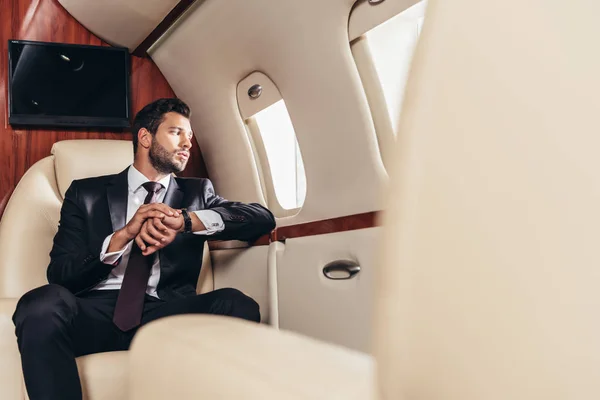
When budget allows, strategic upgrades can dramatically improve long-flight comfort without requiring first-class prices. Premium economy offers significantly more legroom and better seats at a fraction of the first-class cost.
Consider upgrading on the longest segment of multi-leg journeys, or look for last-minute upgrade deals that airlines sometimes offer at the gate.
Prepare for Arrival

Planning your first few hours after landing helps maintain the comfort you’ve achieved during your flight. Research transportation options from the airport, have local currency ready, and know your accommodation address.
If arriving early in the day, plan low-key activities that keep you awake until local bedtime to help you adjust to the new time zone.
The Art of Arrival
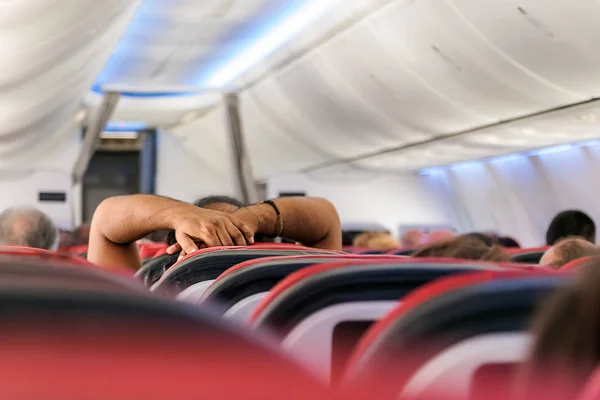
Long-haul flights don’t have to leave you counting down the minutes until landing or arriving at your destination, feeling like you’ve been through an ordeal. These comfort strategies work together to create an environment where rest is possible, circulation is maintained, and arrival becomes something to anticipate rather than endure.
The key lies in preparation—taking control of the factors you can influence while accepting those you cannot change.
Like Travel Pug’s content? Follow us on MSN.
More from Travel Pug

- 20 Best Beach Towns in the Carolinas
- 13 Destinations Where Tourists Regularly Regret Their Trip
- 20 Things You Actually Get in First Class
- 20 Small Airports With Aviation Museums
- 20 Places in the U.S. That Are Perfect for a Reset Trip
Like Travel Pug’s content? Follow us on MSN. content? Follow us on MSN.
